Understanding Mini IDE Cables
Mini IDE cables, integral to the framework of data transfer, serve as conduits for information flow between storage devices and motherboards. These cables, also known as PATA (Parallel ATA) cables, are essential for connecting hard drives, CD-ROMs, and other legacy storage devices in a computing environment.
Types and Specifications
There are various types of mini IDE cables, each designed to cater to different configurations and data transfer requirements. Users can select from a range of 40 or 80 wire cables, with the latter providing a higher data transfer rate. The length of these cables also varies, typically not exceeding 18 inches to prevent signal degradation.
Applications and Utility
The utility of mini IDE cables spans across various applications, from vintage computing setups to data recovery stations. Their robustness makes them suitable for archival systems where older hard drives are still operational. Despite the advent of SATA, the relevance of mini IDE cables persists in maintaining legacy systems.
Features and Materials
Mini IDE cables are characterized by their flat, ribbon-like appearance, usually gray, and are constructed from PVC or other durable insulating materials. The connectors at each end are typically made of resilient plastic with metal pins to ensure a stable connection.
Advantages of Mini IDE Cables
The advantage of using mini IDE cables lies in their simplicity and compatibility with older hardware. They enable the interconnection of drives to motherboards without the need for additional drivers or complex configurations, facilitating ease of use for technicians and hobbyists alike.
Choosing the Right Mini IDE Cable
Selecting the appropriate mini IDE cable requires consideration of the device's compatibility, cable length, and the data transfer speed needed. It is crucial to match the cable to the device specifications to ensure optimal performance and longevity of the hardware.





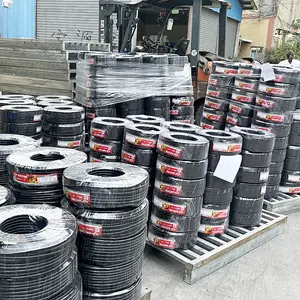

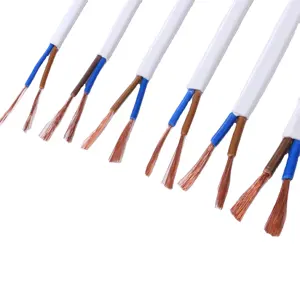




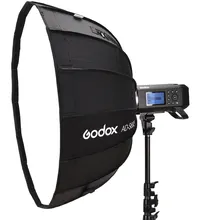


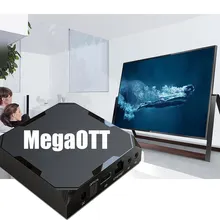


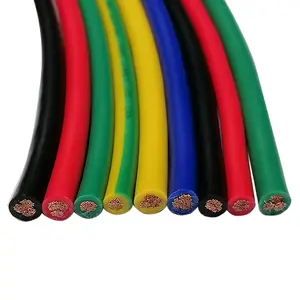
























 浙公网安备 33010002000092号
浙公网安备 33010002000092号 浙B2-20120091-4
浙B2-20120091-4